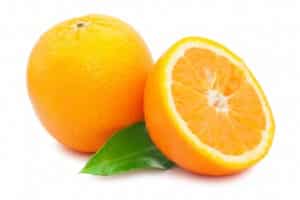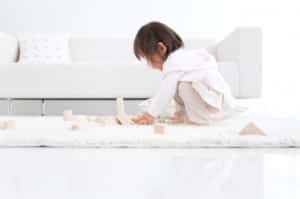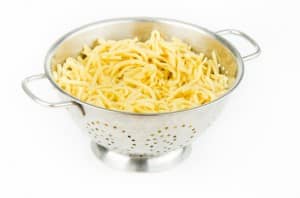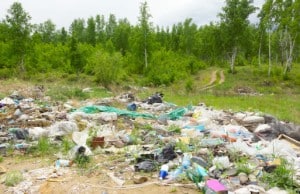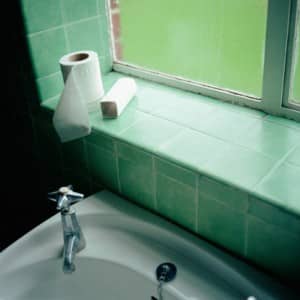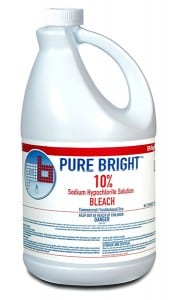 A lot of us use bleach for disinfecting, and it is widely known to be one of the best tools for disinfecting available, but are we doing it right? How much should we use? You could be wasting a lot of bleach or the opposite – not using enough.
A lot of us use bleach for disinfecting, and it is widely known to be one of the best tools for disinfecting available, but are we doing it right? How much should we use? You could be wasting a lot of bleach or the opposite – not using enough.
Here is what the CDC recommends for using sodium hypochlorite (bleach solutions) for disinfecting:
A 1:10–1:100 dilution of 5.25%–6.15% sodium hypochlorite (i.e., household bleach) 22, 228, 553, 554 or an EPA-registered tuberculocidal disinfectant 17has been recommended for decontaminating blood spills. For small spills of blood (i.e., drops of blood) on noncritical surfaces, the area can be disinfected with a 1:100 dilution of 5.25%-6.15% sodium hypochlorite or an EPA-registered tuberculocidal disinfectant. Because hypochlorites and other germicides are substantially inactivated in the presence of blood 63, 548, 555, 556, large spills of blood require that the surface be cleaned before an EPA-registered disinfectant or a 1:10 (final concentration) solution of household bleach is applied 557. If a sharps injury is possible, the surface initially should be decontaminated 69, 318, then cleaned and disinfected (1:10 final concentration) 63. Extreme care always should be taken to prevent percutaneous injury. At least 500 ppm available chlorine for 10 minutes is recommended for decontaminating CPR training manikins 558. Full-strength bleach has been recommended for self-disinfection of needles and syringes used for illicit-drug injection when needle-exchange programs are not available. The difference in the recommended concentrations of bleach reflects the difficulty of cleaning the interior of needles and syringes and the use of needles and syringes for parenteral injection 559. Clinicians should not alter their use of chlorine on environmental surfaces on the basis of testing methodologies that do not simulate actual disinfection practices 560, 561. Other uses in healthcare include as an irrigating agent in endodontic treatment 562 and as a disinfectant for manikins, laundry, dental appliances, hydrotherapy tanks 23, 41, regulated medical waste before disposal 328, and the water distribution system in hemodialysis centers and hemodialysis machines 563.
Source: http://www.cdc.gov/hicpac/disinfection_sterilization/6_0disinfection.html
Continue reading →
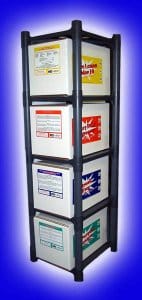 The S-Pack storage system is a whole new way of organizing your cleaning product space. The system consists of the S-Pack rack, which stores cleaners vertically, utilizing space that many facilities waste. Four great cleaning products are specifically designed for use in the S-Pack system. Unlike most liquid cleaners, which are in plastic bottles, S-Pack cleaners are stored in sturdy boxes with easy-pour spouts. They stack on top of one another on the rack, allowing you to store a large quantity of cleaner in a compact area.
The S-Pack storage system is a whole new way of organizing your cleaning product space. The system consists of the S-Pack rack, which stores cleaners vertically, utilizing space that many facilities waste. Four great cleaning products are specifically designed for use in the S-Pack system. Unlike most liquid cleaners, which are in plastic bottles, S-Pack cleaners are stored in sturdy boxes with easy-pour spouts. They stack on top of one another on the rack, allowing you to store a large quantity of cleaner in a compact area.

 A lot of us use bleach for disinfecting, and it is widely known to be one of the best tools for disinfecting available, but are we doing it right? How much should we use? You could be wasting a lot of bleach or the opposite – not using enough.
A lot of us use bleach for disinfecting, and it is widely known to be one of the best tools for disinfecting available, but are we doing it right? How much should we use? You could be wasting a lot of bleach or the opposite – not using enough.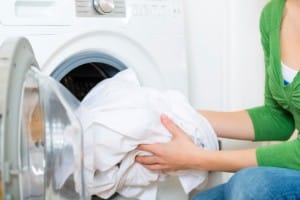
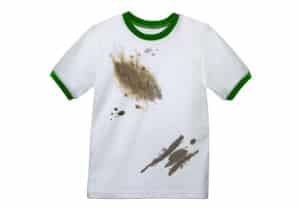
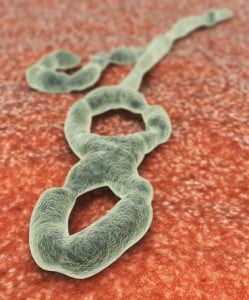 The recent Ebola virus outbreak has a lot of people scared, and with good reason. According to the CDC:
The recent Ebola virus outbreak has a lot of people scared, and with good reason. According to the CDC: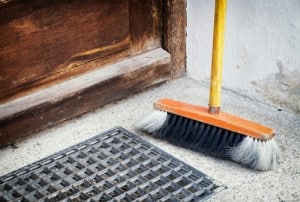
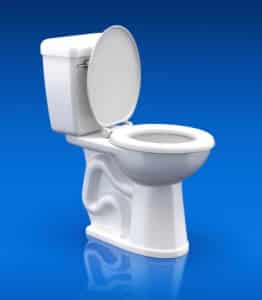

 Yesterday we were happy to announce that we are now accepting Paypal payments, and today we decided to take things a step further by adding Bitcoin to our list of available payment methods.
Yesterday we were happy to announce that we are now accepting Paypal payments, and today we decided to take things a step further by adding Bitcoin to our list of available payment methods. We are happy to announce that we are now accepting Paypal as a method of payment for goods purchased on WorldwideJanitor.com.
We are happy to announce that we are now accepting Paypal as a method of payment for goods purchased on WorldwideJanitor.com.